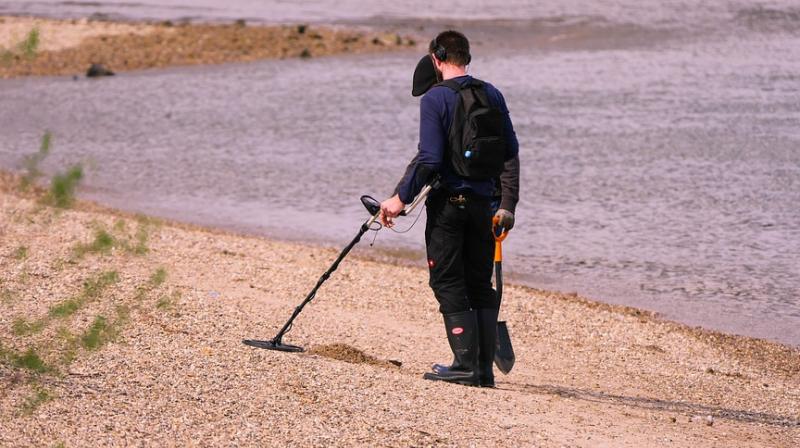Metal detection technique could help better understand cancer: Study
The metal tags enable scientists to identify and characterise cancer cells.

Washington: Seems like, the benefits of metal detection technique is not just limited to airport security and mining companies - it also helps in studying cancer.
According to a new study conducted by the University of Southern California, a new metal detection technique can be successfully utilised for studying cancer cells with the aim of improving the precision of treatment.
By imaging metal-tagged antibodies on biopsies from a patient with metastatic prostate cancer, Bridge Institute researchers at the USC Michelson Center for Convergent Bioscience have created highly detailed, digital facsimiles of cancer cells that can travel through the body.
The metal tags enable scientists to identify and characterize the cancer cells in a blood sample after it is placed on a slide.
"That is exactly what is happening when the TSA swipes your hands," said Peter Kuhn, a Dean's Professor of Biological Sciences at the Bridge Institute at the USC Michelson Center. "They are looking for metals, which are really easy to identify."
The study established the proof of concept for the metal-detection technique, which allowed scientists to see circulating and disseminated tumour cells at a molecular level in a way not possible before.
Creating such highly detailed copies of tumours may help researchers develop more precise treatment plans for individual patients. "We are trying to understand how cancer actually moves from the initial location to other places in the body and can settle there," Kuhn said.
Through his work, Kuhn aims to shed new light on how cancer spreads through the body and evolves over time. Such discoveries have already led to better personalized care for patients, which tailor the treatment to the individuals as much as to their specific form of cancer.
The research is published in the journal of Convergent Science Physical Oncology.

